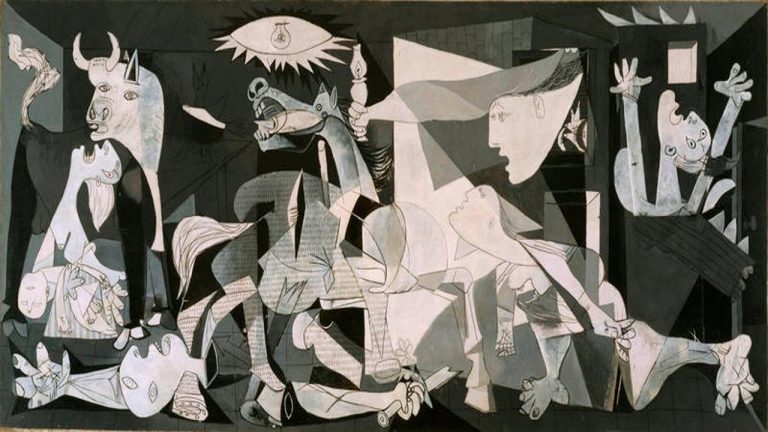Contenidos
La gioconda taller de leonardo da vinci
datos de leonardo da vinci
DescripciónInformaciónDesde el 28 de septiembre hasta el 23 de enero de 2022, el Museo del Prado acoge la primera exposición dedicada a examinar las copias y versiones realizadas en el taller de Leonardo da Vinci y permitidas por él.
La exposición se basa en los estudios de La Sainte Anne, l’ultime chef-d’œuvre de Léonard de Vinci en el Museo del Louvre de París (Francia) en 2012, así como en análisis más recientes de los dibujos, tratados y técnica pictórica del autor italiano y su círculo más cercano.
Entre los mayores ejemplares de la obra de Leonardo se encuentra la Gioconda del Museo del Prado, que juega un papel esencial en esta exposición. Se trata de la primera versión conocida de La Gioconda y uno de los ejemplos más significativos de los procedimientos seguidos en la factoría de Leonardo.
No se sabe exactamente cómo llegó a España, aunque ya figuraba en la Galería del Mediodía del Alcázar en 1666. Se diferencia del original por el fondo negro, la menor calidad del dibujo y la ausencia del sfumato característico de Da Vinci.
the last supper
Due to the layer of black paint that hid the landscape, it was believed to be a copy outside Leonardo’s environment;[22] although, made in the first quarter of the sixteenth century.[33] Until 2011, it was believed to be made on a panel of oak wood, a support linked to the Nordic painting (Flemish, Dutch, German),[39] but not to the Italian; even some researchers proposed as a possible author to another northern painter, the German Hans Holbein the Younger. [40] Another proposal made in 1961 attributed it to Ambroise Dubois, commissioned by Henry IV of France for his daughter Isabella of Bourbon, when she married Philip IV.[25] Another proposal was made in 1961.
works by leonardo da vinci
What visitors will findWhoever comes to the exhibition will see “works, all except two, out of Leonardo’s workshop, made by his students, following different models created by him,” explains to The HuffPost Ana González Mozo, curator of the exhibition.
It’s a copy, but not for that reason of little valueThe copies of the Mona Lisa are innumerable – “they came to count them a long time ago, there were about 80, almost 100,” González Mozo points out. They were mainly for apprenticeship or ordered by clients because they liked the originals: “It was very common in the Renaissance that, from a model that had been successful, versions and copies were made”.
vitruvian man
They discovered that it was the earliest copy of the Mona Lisa. That it was painted in parallel to the real one, that of Leonardo Da Vinci, and that behind that black background were hidden the whys and hows of a workshop that trained other great painters of the Renaissance.
“The technical study, after the restoration, revealed that it was the earliest copy and served as a testimony of the working procedures in that workshop. Upon further investigation we saw how the author of this Mona Lisa was a direct student of Da Vinci, who painted under his supervision, and who is also the author of the copy of the St. Anne of the Hammer Museum of Los Angeles and one of the versions of the Salvator Mundi, “say from the gallery.
As the director of the Prado, Miguel Famolir, who at the time was the head of the Italian Renaissance Painting department, recalls, “the press conference in which the restoration was presented (in which they confirmed that they had in their possession a copy of the Gioconda) was undoubtedly the most crowded of this museum. Everything that has to do with Leonardo generates enormous expectation. Today we can congratulate ourselves that the conclusions reached have been unanimously recognized by the specialized historiography”.







